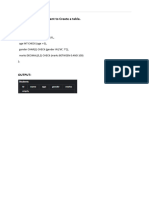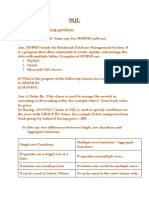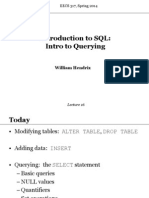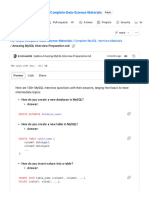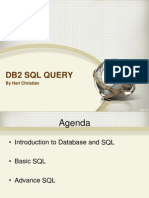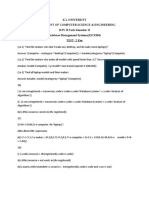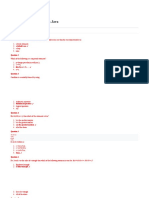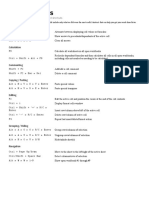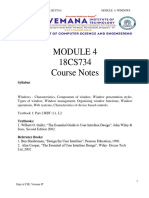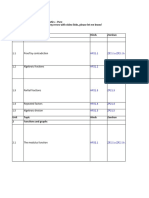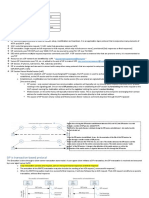0% found this document useful (0 votes)
22 views12 pagesSQL
The document provides an overview of SQL basics, including key concepts, syntax examples, and frequently asked interview questions. It covers topics such as table structures, joins, aggregate functions, and normalization, along with practical scenarios for database design. Additionally, it emphasizes the importance of understanding SQL for effective data management and interview preparation.
Uploaded by
braineritual24Copyright
© © All Rights Reserved
We take content rights seriously. If you suspect this is your content, claim it here.
Available Formats
Download as PDF, TXT or read online on Scribd
0% found this document useful (0 votes)
22 views12 pagesSQL
The document provides an overview of SQL basics, including key concepts, syntax examples, and frequently asked interview questions. It covers topics such as table structures, joins, aggregate functions, and normalization, along with practical scenarios for database design. Additionally, it emphasizes the importance of understanding SQL for effective data management and interview preparation.
Uploaded by
braineritual24Copyright
© © All Rights Reserved
We take content rights seriously. If you suspect this is your content, claim it here.
Available Formats
Download as PDF, TXT or read online on Scribd
/ 12





